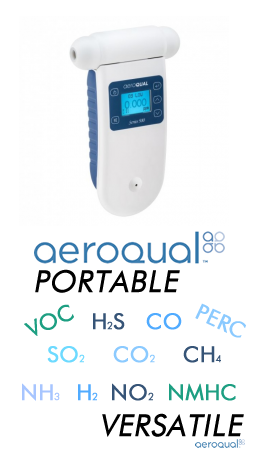Acetone Information

Acetone
| Other Names | 2-Propanone, Propanone, Dimethyl Ketone |
| Chemical Formula | C3H6O, (CH3)2CO |
| CAS Number | 67-64-1 |
| Industry Uses | Cleaner, Cosmetics, Paint, Sealants and Adhesives, Chemical Solvent |
| Health Risks | Serious Eye Irritation, May cause drowsiness or dizziness, Skin drying possibly leading to dermatitis |
| Vapor Pressure | 180 mmHg |
| Water Solubility | Miscible |
| Flammability | Highly Flammable |
| Odor | Pungent, Mint-Like |
Acetone MSDS
What is Acetone:
Acetone is a colorless, volatile, flammable liquid, with a pungent, mint-like aroma (odor threshold is 4 ppb). It is miscible with water and is used as a solvent for cleaning in laboratories, as well as in cosmetic products like nail polish remover and chemical peels and in food packaging. It is also functions to remove two-part epoxies and superglue. Acetone is extremely flammable with a flash point of -20°C. However, its very high ignition initiation energy point prevents accidental ignition.
Acetone Exposures and Health Risks:
Contact with acetone is most common through inhalation and skin contact. Inhalation of vapors can cause drowsiness, dizziness, and headaches. Should inhalation occur, remove to fresh air. Contact with skin is common, but prolonged contact can cause skin dryness and even dermatitis. In the occurrence of skin contact, wash with soap and water, and remove any contaminated clothing. Acetone vapors can destroy mucous membranes, making them very irritating to the eye. Acetone is narcotic in mild concentrations and has toxic effects on the central nervous system.
Regulations:
The table below summarizes the most up-to-date exposure limits| Limit / Level | Type | Organization |
| 1000 PPM |
TWA (8 Hours) |
OSHA |
| 250 PPM |
TWA (10 Hours) |
NIOSH |
| 250 PPM |
TWA (8 hours) |
ACGIH TLV |
| 200 PPM |
AEGL-1 (8 Hours) |
EPA |
| 950 PPM |
AEGL-2 (8 Hours) |
EPA |
| 1700 PPM |
AEGL-3 (8 Hours) |
EPA |
Measuring Acetone:
Acetone is a Volatile Organic Compound, or VOC, and can be measured as such with a general VOC monitor or with a specific Acetone Sensor. The Acetone Badge is constructed from three cells attached to a flat indicator layer. Acetone vapor diffuses to the cells through the diffusive resistances and reacts with the indicator layer, producing a color change from yellow to pink. The color produced is a direct measure of the exposure level. VOC monitors measure a wide variety of gases. There are two types of VOC monitors, Heated Metal Oxide Sensors (HMOS) and Photoionization Detector (PID). Each monitor varies in its sensor response, but each comes with a response factor guide to indicate how to measure each compound specifically.
For more information about VOCs, click HERE
To see our VOC Monitors, click HERE.
Contact us for help choosing the right Acetone Sensor for your application














